What is the difference between printed and embossed?
What is the difference between printed and embossed?
When it comes to marketing materials and branding, the finishing touches can make all the difference. Two popular methods used for adding texture and visual interest to products or documents are printing and embossing. While both techniques serve distinct purposes, they often lead to confusion due to their similarities. In this article, we will explore the differences between printed and embossed materials, including how they are done, their effects, and their applications.
Printing:
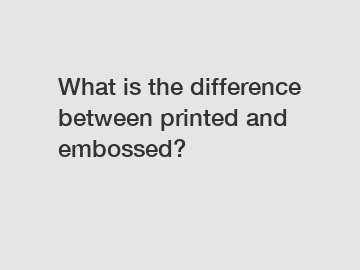
Printing is a widely used method of reproducing text and images onto various materials. It involves the transfer of ink onto paper or other surfaces using mechanical or digital processes. This technique enables crisp and precise reproduction of artwork, logos, or text.
H2: How is printing done?
Printing can be achieved through different methods, including offset, digital, and screen printing. Offset printing utilizes a metal plate with the image or text and transfers the ink to a rubber blanket, which then applies it to the desired surface. Digital printing, on the other hand, creates high-quality prints directly from digital files without the need for physical plates. Screen printing involves pushing ink through a stencil onto the material using a mesh screen.
H2: What are the effects of printing?
Printing allows for unlimited color options, gradients, and fine details, making it suitable for complex images and designs. It provides a smooth, flat surface, and the end result can be glossy or matte, depending on the choice of paper or finishing techniques. Due to its versatility, printing is commonly used for promotional materials, packaging, business cards, flyers, and more.
Additional reading:What Is PBAT Plastic Used for?
What is co-extruded film in food packaging?
How do you know if a plastic bucket is food grade?
What Is A Dropper Bottle Called?
How to Apply Self-Adhesive Vinyl to Walls?
The Versatility of Nylon Cable Ties
What are the advantages of using high speed dye sublimation paper?
Embossing:
Embossing is a technique that creates a raised relief effect on paper or other materials, offering a visually appealing and tactile element. Unlike printing, embossing does not involve any ink or color transfer. Instead, it focuses on elevating specific areas of the surface.
H2: How is embossing done?
Embossing involves the use of a metal die, which is created with the desired design or pattern. The die is then pressed into the material, creating a three-dimensional effect by raising specific areas. This process can be combined with debossing, which creates a depressed or indented effect on the surface. Both techniques can be done manually or using automated machines.
H2: What are the effects of embossing?
The primary effect of embossing is the creation of texture and depth on the surface. It adds a sense of sophistication and elegance to materials, making them visually appealing and engaging to touch. Embossed elements can stand out and make a lasting impression, especially when combined with other finishing techniques like foil stamping or spot UV. This makes embossing a popular choice for luxury packaging, business cards, invitations, book covers, and certificates.
In conclusion, while both printing and embossing techniques have their own unique characteristics, they serve different purposes, resulting in distinct visual and tactile effects. Printing focuses on reproducing precise images and text using ink transfer, offering unlimited color options and fine details. On the other hand, embossing creates a raised relief effect, adding texture and depth to materials. Understanding these differences allows businesses to choose the most suitable technique for their specific needs and create memorable, visually striking products.
For more information on printing and embossing services, please contact us. We are experienced professionals in the field and can provide guidance and support for all your printing and embossing needs.
Are you interested in learning more about luxury coffee table book printing, hardcover book printing with debossing, cnprint? Contact us today to secure an expert consultation!
Additional reading:Things to Consider When Choosing a PE Protective Film
How do you make plastic buckets?
Benefits and Applications of Choosing PVC-Free Laminating Film
The Versatile Glass Dropper Bottle: A Vessel of Precision and Elegance
Enhancing Safety and Style: The Ultimate Guide to Shower Room Explosion-proof Film
What is the best container to store homemade ice cream?
What does T75 flask mean?
152
0
0
Related Articles
-
206
0
0
-
226
0
0
-
158
0
0
-
187
0
0
-
166
0
0
-
Transform Your Brand with Eye-Catching Metallic Gold Sticker Printing
Transform Your Brand with Eye-Catching Metallic Gold Sticker Printing?
195
0
0
-
Cracking the Code: Unveiling PE Packaging Films Price
Google Hot Topics for "Cracking the Code: Unveiling PE Packaging Films Price":1.
144
0
0
-
Unconventional Packing: Popcorn's Surprising Efficiency Exposed!
Unconventional Packing: Popcorn's Surprising Efficiency Exposed!
160
0
0


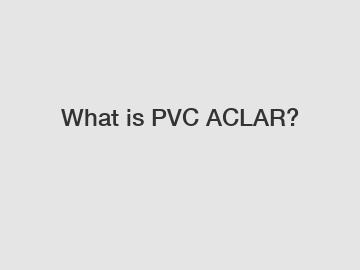


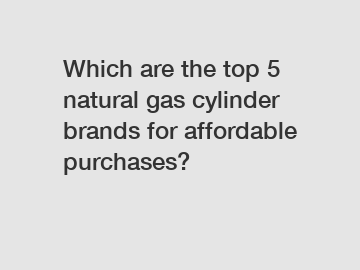
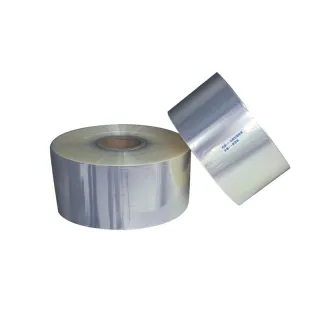
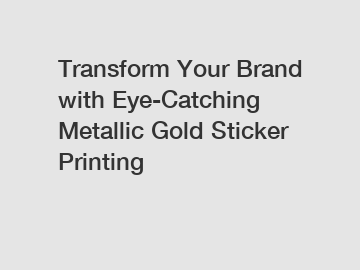
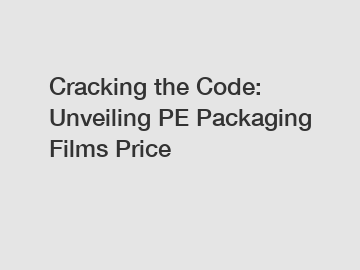

Comments
All Comments (0)